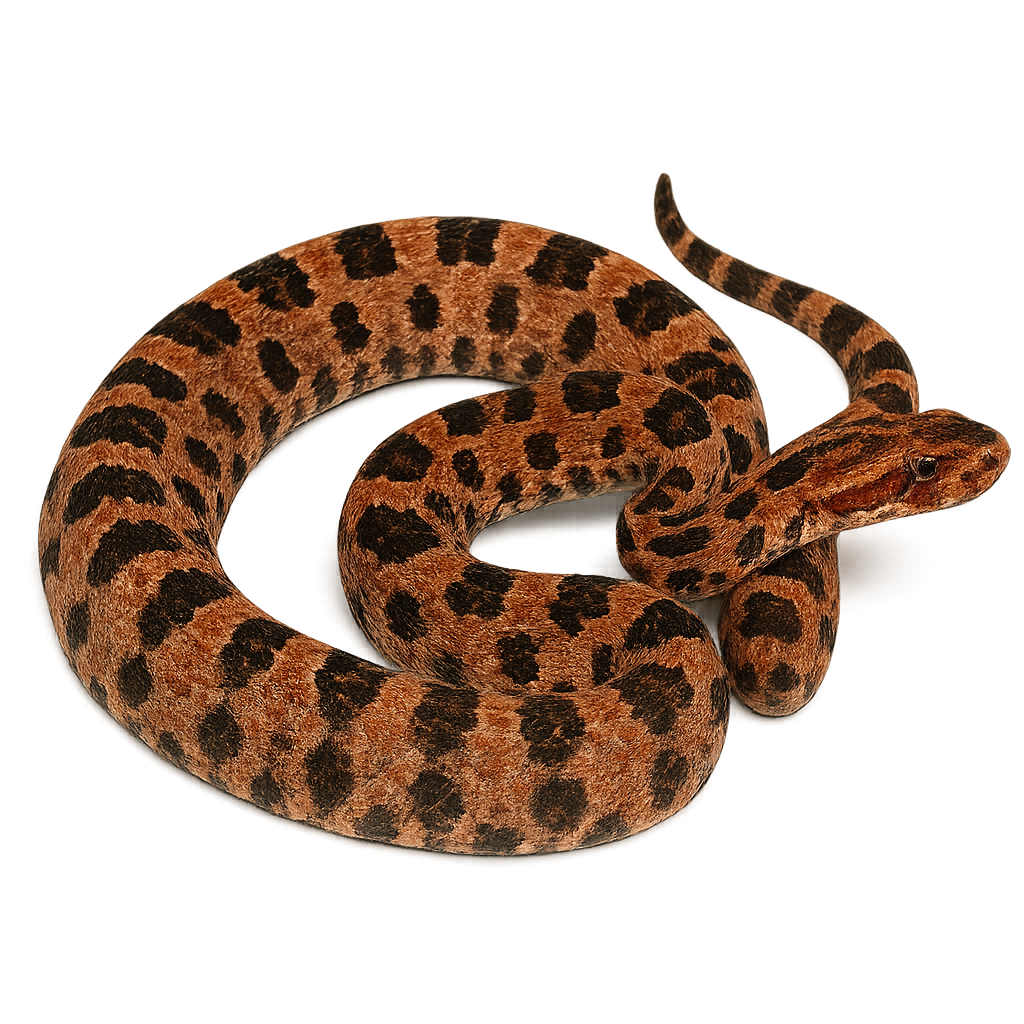Your wildlife photography guide.
Explore the pygmy rattlesnake in detail, study its behavior, prepare your shots.
Where to observe and photograph the pygmy rattlesnake in the wild
Learn where and when to spot the pygmy rattlesnake in the wild, how to identify the species based on distinctive features, and what natural environments it inhabits. The WildlifePhotographer app offers tailored photography tips that reflect the pygmy rattlesnake’s behavior, helping you capture better wildlife images. Explore the full species profile for key information including description, habitat, active periods, and approach techniques.
Pygmy rattlesnake
Scientific name: Sistrurus miliarius

IUCN Status: Least Concern
Family: VIPERIDAE
Group: Reptiles
Sensitivity to human approach: Suspicious
Minimum approach distance: 5 m
Reproduction period: N/A
Incubation: 3–4 mois
Births: N/A
Habitat:
Pine forests, marshes, grasslands
Activity period :
Mainly active at night, generally discreet during the day.
Identification and description:
The Sistrurus miliarius, commonly known as the pygmy rattlesnake, is a small venomous snake, typically measuring between 40 and 60 cm. It is recognizable by its varied coloration, ranging from gray to brown, with diamond-shaped or banded patterns. Its head is triangular, and it has a small rattle at the end of its tail, although this is often less noisy than that of other rattlesnakes. It is primarily found in the southeastern United States, inhabiting diverse environments such as pine forests, marshes, and grasslands. Although venomous, its bites are rarely fatal to humans but still require immediate medical attention.
Recommended lens:
400 mm – adjust based on distance, desired framing (portrait or habitat), and approach conditions.
Photography tips:
To photograph the pygmy rattlesnake, it is advisable to use a telephoto lens of at least 400 mm to maintain a safe distance while capturing precise details. Look for it in the crepuscular areas of its natural habitat, such as pine forests and marshes. Be patient and attentive to subtle movements, as this snake is often well camouflaged. Use a tripod to stabilize your camera, especially in low-light conditions. Finally, always respect the safe distance to avoid stressing the animal and for your own safety.
The WildlifePhotographer App is coming soon!
Be the first to explore the best nature spots, track rutting seasons, log your observations, and observe more wildlife.
Already 1 432 wildlife lovers subscribed worldwide

